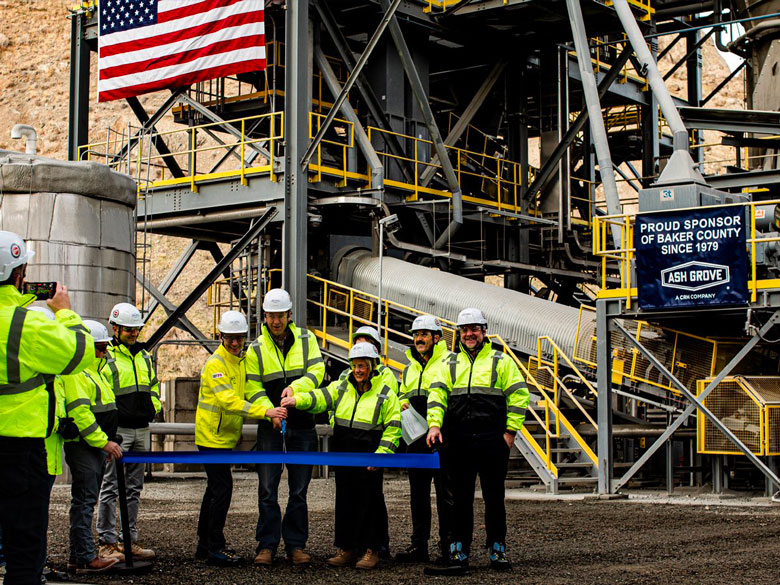The Mine Safety and Health Administration (MSHA) released a report on the May 10, 2016, fatal accident at Ash Grove Cement Co.’s Midlothian, Texas, operation.
Roderick Barnes, a maintenance worker went to the top of the #2 slurry tank to jog the rake system and fell 50 ft. through an unprotected 3- x 4-ft. opening in the walkway into the empty slurry tank below.
According to the report, there were a number of factors that contributed to the accident:
Open Hole. On May 2, 2016, Superior Construction Maintenance (SCM) per Ash Grove’s instruction, removed a 3- x 4-ft. section of floor grating from the platform above the #2 slurry tank to allow a crane basket to be suspended adjacent to the center column and work to be conducted on the air lines directly below the rake drive. SCM employees, equipped with fall protection, worked near this open hole and from the suspended man basket below this opening from May 2 to May 3 without incident. On May 3, SCM discussed an additional problem found with the drive unit on the rake system with Ash Grove‘s Maintenance Supervisor Jason McBride. It was unclear whether SCM, Ash Grove, or the two working in unison would complete the additional work. Pending this decision, McBride directed SCM to focus their efforts and attention to repairing the tank walls. Neither Ash Grove nor SCM used the unprotected open hole, until May 10, the date of Barnes’s fatal fall.
Fall Protection. Interviews indicated that each of the SCM employees working on the platform around the # 2 slurry tank was equipped with and utilized fall protection when around the open hole. Barnes was found at the bottom of the tank without fall protection on him.
Barricades and Warning Signs. A view of the opening in the floor was obstructed to those entering the upper level work via the catwalk. On May 2, McBride directed SCM employees to install a chain and warning tag, provided by Ash Grove, where the elevated catwalk intersected the #2 slurry tank platform. From May 2 to May 10, both Ash Grove and SCM personnel ducked under this chain to gain access to the working area. The chain, tags and direction Ash Grove provided SCM were not in compliance with requirements of 30 CFR 56.20011, Barricades and warning signs.
Training and Experience. Barnes had more than eight years of mining experience, with more than six years as a maintenance worker. Ash Grove failed to provide a record of Barnes’ initial miner training. MSHA issued a non-contributory, recordkeeping citation under a separate event. All other training records were reviewed and found to be in compliance.
MSHA concluded that the accident occurred because management’s policies, procedures and controls failed to adequately ensure that effective barricades and readily visible warning signs were provided where hazards were not immediately obvious; failed to provide protection around openings through which persons may fall; and failed to use fall prevention and protection devices where there was a danger of falling.



